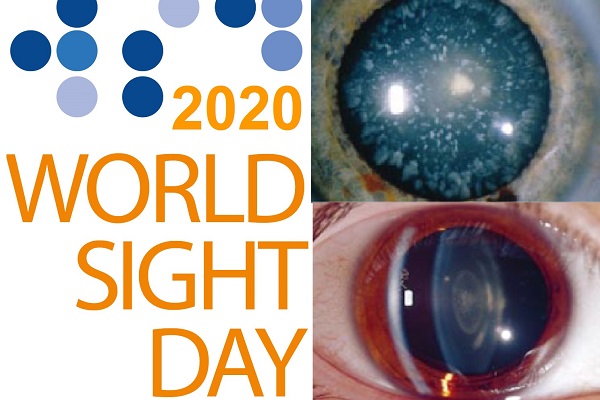
Department of Ophthalmology of the Shupyk National Medical Academy of Postgraduate Education of the Ministry of Health of Ukraine, headed by the Head, Professor Sergiy Rykov, with the support of NO “All-Ukrainian Association "UKROPTYKA” within the framework of the WORLD SIGHT DAY and the implementation of the Global Blindness Program “Vision 2020: The Right to Vision” by the International Agency for the Blindness Prevention (IAPB) and the World Health Organization (WHO), on January 15, 2020, from 10:00 am to 4:00 pm, will carry out diagnostic of vision examination according to the world standards of cataract diagnostics and prevention of blindness for the staff of the Academy “Cataract Screening”.
Venue: 9 Dorohozhytska St., Kyiv. Library of the Academy.

Cataract is a chronic condition characterized by the gradual loss of visual function, leading to complete and irreversible blindness if the diagnosis is not made in time and the necessary treatment is not prescribed.
Cataract is one of the main causes of secondary glaucoma.
Glaucoma cannot be cured, but blindness can be prevented from it if the disease is detected early and the patient receives qualified treatment.
According to worldwide treatment protocols, surgical cataract removal remains the only effective treatment to restore and maintain vision. In addition, there are currently no methods of preventive treatment for congenital or acquired cataracts.
Phacoemulsification is the best method of cataract surgery in the developed world.
Success of treatment depends on timely carrying out of surgical intervention and strict adherence to prescriptions and recommendations of the doctor in the postoperative period.
A mandatory minimum is required to reduce the number of blind people – eye examination, intraocular pressure and field of view measurements nerve.
It is important to keep in mind: the mandatory systematic annual ophthalmic screening for the population over 40 years of age and older, the measurement of intraocular pressure, and the need for regular prophylactic examinations of at-risk patients.
Risk factors for cataract development include: age, gender, heredity, presence of endocrine pathology, especially diabetes, cardiovascular disease, high myopia, increased intraocular pressure, exposure to ultraviolet and radiation, steroid use and other.



